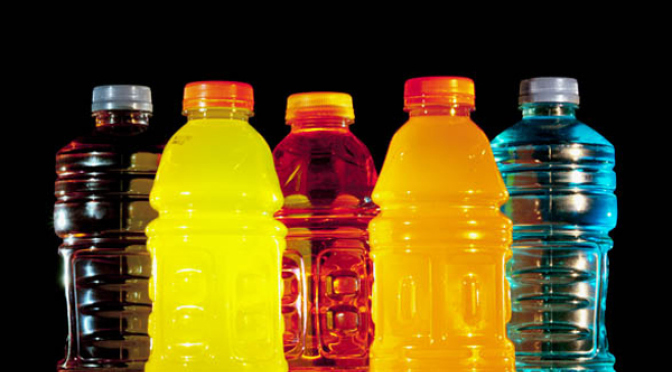

All too often you’ll read articles or hear discussions about the importance of electrolytes for endurance athletes. Electrolytes are ionized minerals that conduct electrical impulses and action potentials (e.g. contraction of a muscle), and are present throughout the human body.
Simply put, the balance of the electrolytes is critical for normal function of cells and organs. A majority of the focus has been sodium (Na+), calcium (Ca2+), and potassium (K), which will be discussed in other articles. Unfortunately, magnesium (Mg2+) is often overlooked, yet plays a critical role for extended bouts of muscular contractions and cramp prevention – just as much as the other three.
Most people do not realize that magnesium plays an important role in Ca2+ and oxygen (O2) transport throughout the cells of the human body. In fact, more than 300 nerve impulses and enzymatic reactions require magnesium as a co-factor. Besides Ca2+ and O2 transport. Transport, magnesium can directly affect sodium and potassium inter-cellular transport throughout cells as well.
Mg+ is excreted primarily through sweat and urine. Therefore, cold fluids (which empty out of the gut faster) are the preferred choice for replenishment during exercise. Regardless of the type of sport or exercise, muscular contractions could not consistently occur without magnesium’s presence.
Through aerobic and anaerobic metabolism, glycolysis occurs – in short, oxygen is delivered and utilized via magnesium. Therefore, oxygen delivery to working musculature and energy production in the form of adenosine triphosphate (ATP) (the source for all energy production) would not happen without the presence of magnesium.
Meat, fish, fruit, dairy products, and processed foods are poor sources for magnesium.
Magnesium imbalances may often be caused by things such as diuretics (e.g. caffeine), alcohol consumption, sweat loss, and both high intensity and endurance (or extended periods of) exercise.
For athletes, especially those training and racing in endurance sports, magnesium deficiency indicators may be one or more of the following:
- Abnormal muscular weakness
- Muscular cramping and “locking”
- Muscular spasms
- Impaired glucose breakdown (for ATP/energy production)
- Inability to sustain exercise intensity for extended periods
- Irregular heartbeat (e.g. elevated performance heart rate)
- Disorientation and confusion
Conversely, excess magnesium is filtered by the kidneys; however, if the body takes on too much magnesium, kidney function is adversely affected. When this occurs, just as with deficiency, side effects may surface in the form of muscular spasms, and as I call it, muscular “locking”.
Through proper monitoring, athletes can often supplement with 300-900 milligrams (mg) of magnesium per day without contraindications. Larger dosages – as in 700-900mg – should be broken up into 2-3 dosages throughout the day with food.
Female athletes should supplement at the lower end of this range, and don’t normally require any dosage above 300-400 mg. If oxygen uptake increases are a result, no matter how minor, it could improve a cyclist’s sustained power output.
At ~5,500 revolutions per hour, such impacts may facilitate improved performances over normal homeostatic processes.
In summary, if you’re an endurance athlete or you exercise for either long periods or extremely high intensity, look for beverages that not only have calcium, potassium, and sodium, but ones with magnesium as well. If you’re cramping during longer training sessions or races, and have ensured that the other three are being replenished, then there’s a good chance what you’re experiencing is attributable to low magnesium levels.
Todd Parker is a former Professional Triathlete and holds
a Masters in Exercise Physiology from San Jose State University.
Todd is an exercise physiologist, certified cycling and endurance
sports coach, strength coach, personal trainer, and competitive Ultra
Marathon Cyclist.
You can reach Todd at: TP2Coaching@gmail.com ,
215.80.Coach (215.802.6224),or at his secure website
https://toddparkertrainingprograms.com/

